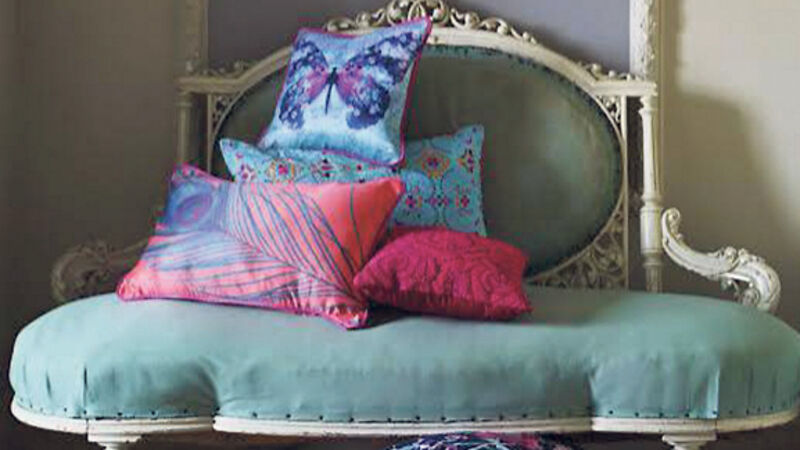Let loose with lush fabrics and gothic drama as the summer fades

Victorian curio, modern Baroque, antique-wrestles-Warhol, there’s so many ways to describe this warm, intriguing, rather naughty look. It’s confidence, personality, deliberate irregularity and real emotional joy. Above all — there should be a good dash of you in it.











